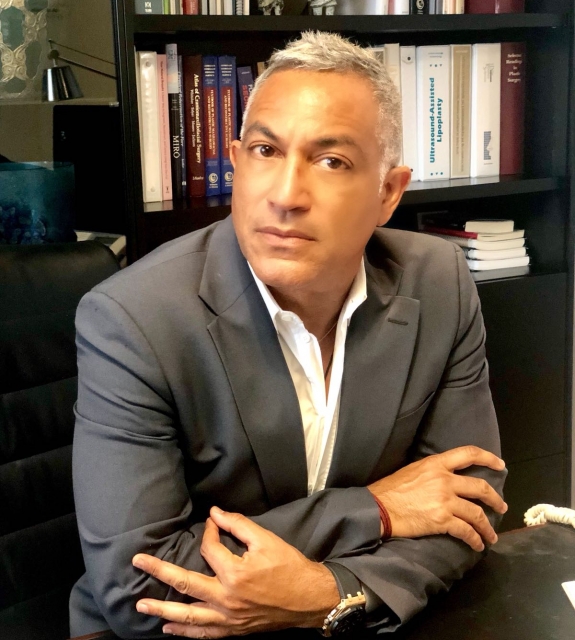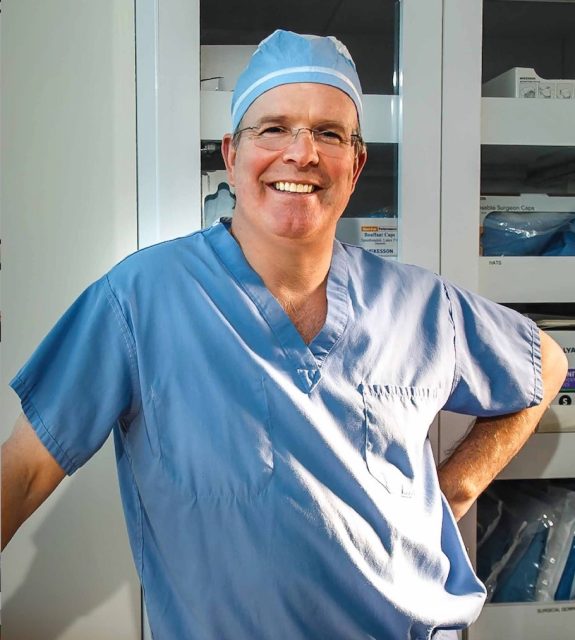We all like to know where our food comes from, so it makes sense that we want to know where our fillers come from, too. Fat transferring is where a surgeon uses your own body fat as a filler to improve other areas of your body, like areas around your eyes. Renowned Oculoplastic Plastic Surgeon Dr. Christopher Zoumalan dishes below on the process of fat transferring, what it treats and what can be expected in recovery.

Haute Beauty: Can you talk about the process of fat transferring and what does it treat?
Dr. Christopher Zoumalan: Fat transfer or fat repositioning are both different ways to improve the under eye hollowing. When it comes to under-eye hollowing, options include fillers (often hyaluronic acid fillers) that can be done in the office. Other more permanent options include fat transfer (also known as fat grafting), where fat is harvested very carefully from another place such as the belly, and then prepared and injected very much the same way fillers are injected. Fat transfer is certainly a great option for someone that has significant volume loss around the eyelid/cheek area. However, fat grafting needs to be done by an experienced injector, as it is permanent and can not be dissolved like traditional in-office fillers. There are other ways to use fat to improve under-eye hollowing especially during eyelid surgery, and I actually prefer to use fat repositioning, moving your own eyelid fat to fill in the eyelid hollows, over fat grafting. Why? Because when you fat reposition your own eyelid fat, you're not using fat taken from another part of your body, but rather using your own native eyelid fat to fill in under-eye hollowing. In my hands, I find that it's more predictable than fat grafting.
HB: What are the main reasons for this procedure?
CZ: Fat transferring is used to improve volume loss around the eyes and cheek area.
HB: How long do results last?
CZ: The results can last for years, as fat transferring is a more permanent option.
How long is the recovery?
CZ: Swelling is expected as in any other surgery around the eyes. Most swelling improves by 2 weeks, but there can still be some swelling that persists for a few months.
HB: Do you have any plans for Labor Day?
CZ: My wife and I are heading to Maui for Labor Day weekend! Going to do some R+R and I'm hoping to sneak away to catch some waves surfing.
HB: What was your favorite part of summer?
CZ: I really enjoyed the days where I was able to enjoy grilling outside with my family when the Southern California sun broke up the gloomy days.

























